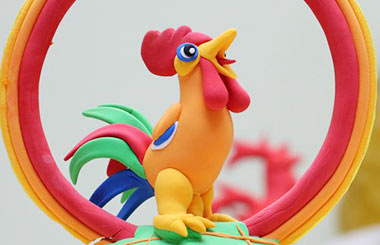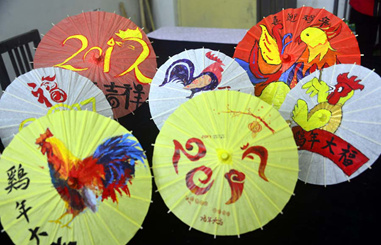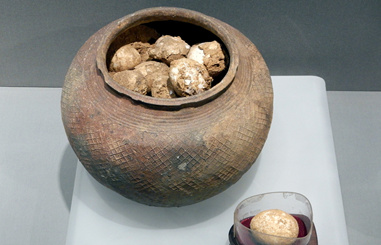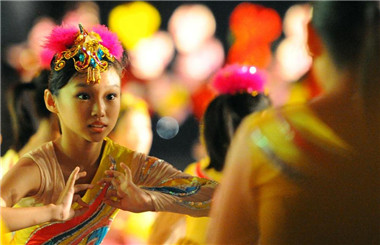After decades of slights, Cuban painter tastes fame at 101
While Herrera has not changed, the world around her has, says Tony Bechara, a Puerto Rican artist who is her neighbor and has been her friend for many years.
"Suddenly, people were ready to receive her. The first collectors of her work had something in common: They were all women," Bechara says.
"Twenty, 30 or 40 years ago there was no such social phenomenon. There were no female collectors. Women were not in a position to help other women," he adds.
These days Herrera is a fragile woman with short, snow-white hair. She was never able to have children. She uses a wheel chair, suffers from arthritis, has trouble hearing and rarely leaves home. But in September she did venture out to attend the opening of her exhibit at the Whitney.
It features more than 50 works from the years 1948 to 1978, when, the museum says, Herrera "developed her signature style".
Herrera thought she had forgotten her older paintings, but when she saw them it all came rushing back.
"I never forgot them. It is like an old love story," she says, again chuckling, then launches into a bolera with Bechara about how you never forget a lover.
While living with her husband in Paris after World War II, Herrera joined an association of abstract artists called the Salon des Realites Nouvelles and developed her passion for straight lines and a leanness of color. She came to shun curves altogether, and painted with a maximum of three colors in each work. She later cut it down to two.
"In this chaos that we live in, I like to put order," Herrera says in the documentary The 100 Years Show, directed by Alison Klayman and coming out on Wednesday at Film Forum, in Manhattan.
But her large paintings and abstract sculptures-which predated the emergence of Minimalism by nearly a decade-were not well received when she returned to New York in 1954. Then and there, the art world was dominated by abstract expressionism done by men.
London's Lisson Gallery, which has a branch in Chelsea, began to show Herrera's work 10 years ago.
Herrera sold her first work in 2004. Since then her works have been shown at the Museum of Modern Art, the Hirshhorn Museum in Washington DC, the Tate Modern in London and at the Whitney.
They go for hundreds of thousands of dollars. But that is far less than what is fetched by the works of Frank Stella, Ellsworth Kelly or Herrera's friend Barnett Newman. These men achieved acclaim back in the 1950s and '60s.
So now Herrera can finally pay someone to help her in her studio, someone else to clean her house and a physical therapist.
Shortly before turning 100, Herrera became a vegetarian. Everyday, at midday, she drinks a bit of whisky.
What is her secret to longevity?
"Nothing special," she says. "Do what you like and do it every day. That is what I do. I get up, eat breakfast right away and get down to work."
- 2016 Biennial of Chinese Traditional Painting opens in Hangzhou
- 300-year-old painting textbook highlights museum show
- Post-90s self-employed woman makes 'oil painting' cakes
- Create sweet memories with sugar painting
- Name of buyer who paid $44m for painting revealed
- Chinese painting sets record at Beijing auction

















